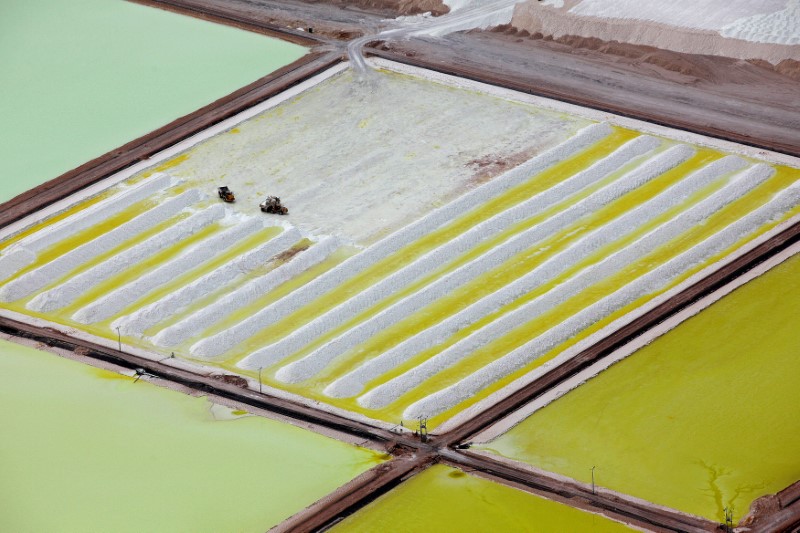Lithium Universe Ltd (ASX:LU7) has welcomed what it describes as “outstanding progress” on an engineering study undertaken by Primero Group Limited on the company’s Québec Lithium Processing Hub (QLPH) standalone multi-purpose concentrator.
“The engineering study's progress for the QLPH standalone concentrator by Primero has been exceptional, setting the stage for the definitive feasibility study (DFS),” Lithium Universe chair Iggy Tan said.
Remarkable pace and quality
“Considering our listing in early August this year, the pace and quality of work demonstrated by Primero, guided by the company's 'Lithium Dream Team', has been truly remarkable,” Tan continued.
“Most companies conducting a study of this calibre typically take at least six to nine months to reach this point.
“Looking ahead, finalising equipment specifications and data sheets represents the next step, enabling us to approach suppliers for concrete pricing.
“The ongoing progress and achievements continue to impress us.”
The concentrator is rated at a 1 million tonnes per annum processing rate with an assumed feed grade of 1.1% lithium.
Primero expects the output to be around 140,000 tonnes per annum of spodumene concentrate at a grade of around 5.5% to maximise recoveries.
Concentrator design
The finalised flow sheet design outlines a four-stage crushing process to generate crushed ore in various sizes.
Any crusher fines smaller than 0.85mm identified by the screens will undergo processing in a dedicated flotation unit to then be re-blended with the final concentrate.
Any mica present will be removed with a reflux classifier, and the feedstock split into two streams based on size which will go through two-stage dense media separation units.
The recovered spodumene from both streams will be combined through blending and stored in a dedicated storage shed. To ensure functionality in the Québec climate, the entire plant will be winterised.
Flow sheet designs
So far, the Primero Study team has provided a Block Flow Diagram (BFD) and Process Flow Diagrams (PFD).
They've also delivered a Mass Balance along with Process Design Criteria (PDC), which showcase mass flows, splits, and anticipated tonnages concerning significant equipment.
The team has initiated work on the Piping and Instrumentation Diagrams (P&IDs) to present a more intricate layout of equipment, process streams, instrumentation, and control logic.
Leveraging the information derived from the Mass Balance and PDC, Primero has begun generating datasheets.
These datasheets will serve to gather pricing details from vendors, facilitating the procurement process.
